
A large number of people consider Virtual Reality as something from science fiction and futuristic, but its actual history dates back to the nineteenth century, to around the birth of photography. Before discussing the history and future of VR it is best to define what it is and how it works.
Definition of Virtual Reality
The definition of virtual reality is ‘virtual’ meaning near and ‘reality’ is what we experience as humans. Our reality is based on senses and perception systems, we are familiar with the 5 senses but we have many more, such as sense of depth, motion or even balance. Without getting too technical lets define virtual reality as: Generated environments used to stimulate our sense together in order to create the illusion of reality or being somewhere else than where we are.
Science Behind Virtual Reality
Virtual Reality plays with our senses to transport us to anywhere that we can imagine. But how does it convince our brain and how does our brain react to this exploration? The primary subject of virtual reality is simulating the sense of sight. VR headsets puts up a screen (or two - one for each eye) in front of your eyes, creating the immersion without distractions (or reference points) from the outside. Additionally, headphones allow for the stimulation of the sense of hearing. Sight and hearing are our two primary senses for identifying where we are. Couple the illusion with the rules our brain has for the senses and we’re able to escape into a virtual reality. VR technologies are continuing to expand, allowing for more senses to be stimulated.
History of Virtual Reality
The Beginning:
The birth of photography allowed the population to see worlds that they would never have seen, but in a 2-D setting. Then Charles Wheatstone put photos side by side into his stereoscope in 1839 giving the user a sense of depth and immersion. We are more familiar with stereoscope as the ever-popular View-Master. The idea of goggles allowing the user to experience a virtual/fictional world through holographic and other senses is from Stanley G. Weinbaum’s Pygmalion’s Spectacles published in 1935.
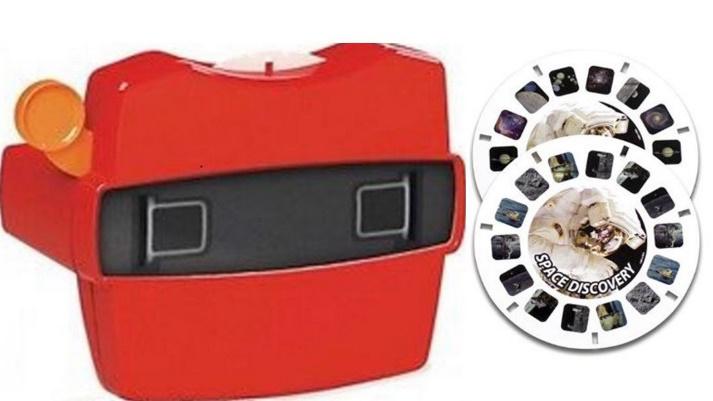
View Master (1939)
The 1960’s Hype:
A major push for VR happened during the 1960’s. The concept of head-mounted display (HMD) was invented by Morton Heilig in 1960. Through the remainder of the decade further advancements were made in the displays but they remained heavy and needed to be suspended from the ceiling. The price was also an obstacle for the consumer.
The 1970’s and 1980’s saw limited advancement for the general public, the equipment was utilized by limited industries including military training, flight simulation and auto design. This is considered the first dark age of VR.
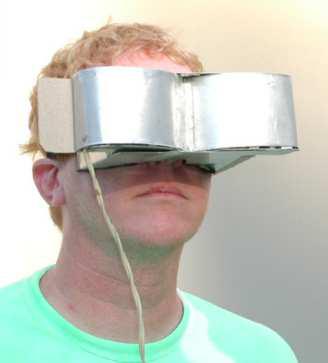
Telesphere Mask Patent
Trivia Time:
Who coined the phrase “virtual reality”?

Answer: Jaron Lanier in 1987
The 1990’s VR Craze:
The second major push made many promises but greatly under delivered. Leaving the average consumer very disappointed. The problem was that the display technology and processing power did not have the capabilities to deliver the promises. People can still remember The Virtuality Machine (1991) for arcades, the promised Sega VR (1993) for the Genesis, Nintendo’s Virtual Boy (1995) along with the Jaguar VR and Forte VFX1. All the equipment is part of the forgettable past and failures. Additionally, the movie industry got in on the craze with movies like The Lawnmower Man (1992), Virtuosity (1995), Johnny Mnemonic (1995) and The Matrix (1999)
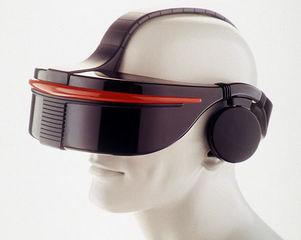
Sega VR (1993)
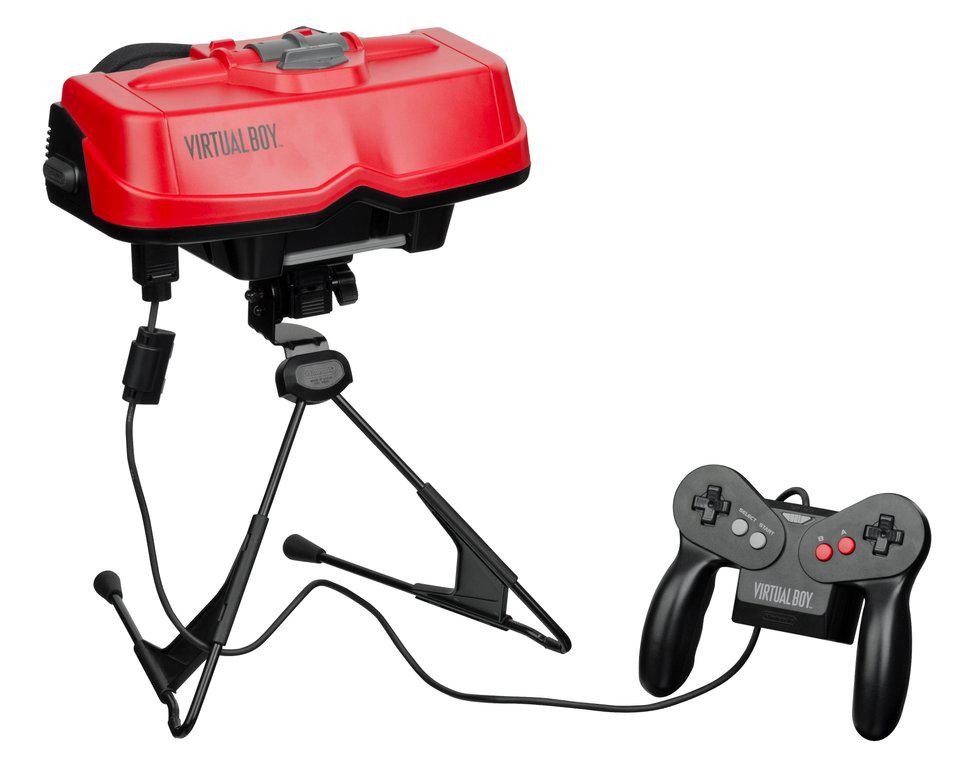
Nintendo’s Virtual Boy (1995)
Current State:
2010’s have brought the next stage for virtual reality, this time with technological advancements allowing to deliver the promises. Specifically, in computer processing and visual imaging (moving from LED to LCD). Smartphones with HD displays and 3D graphics allowing for lightweight HMDs. Gamers have driven the growth of processing power and graphic capabilities. Companies such as Google have released Google Cardboard, Facebook has acquired Oculus developer of the Rift, Samsung, HTC (, Sony and Microsoft are heavyweights continuing to drive the development of virtual reality. Only time will tell if we are truly in a reality faze versus the previous hype and craze.
Rochester’s Role in Virtual Reality
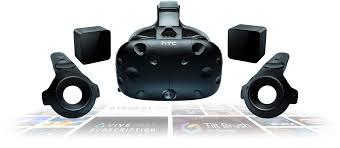
Rochester was the capital of imaging with legendary companies such as Kodak, Xerox and Bausch and Lomb making significant contributions. The human capital has remained in the region and is still recognized for contributions in the imaging, photonics and virtual reality. Universities like Rochester Institute of Technology (RIT) and University of Rochester are utilizing their research and virtual reality in the fields of gaming and healthcare. Vuzix Corporation headquartered in Rochester is a supplier of wearable display technology, virtual reality and augmented reality. Developers such as Second Avenue and Darkwind Media are also contributing from Rochester. Rochester’s Strong Museum of Play is the home to a leading video game and arcade collection.
Future
Virtual reality has never been more accessible than it is today. However, the price tag for true virtual reality is still a major obstacle for the average consumer. But, virtual reality arcades that started in Asia and expanded into the US and Europe are showcasing true virtual reality to consumers now.
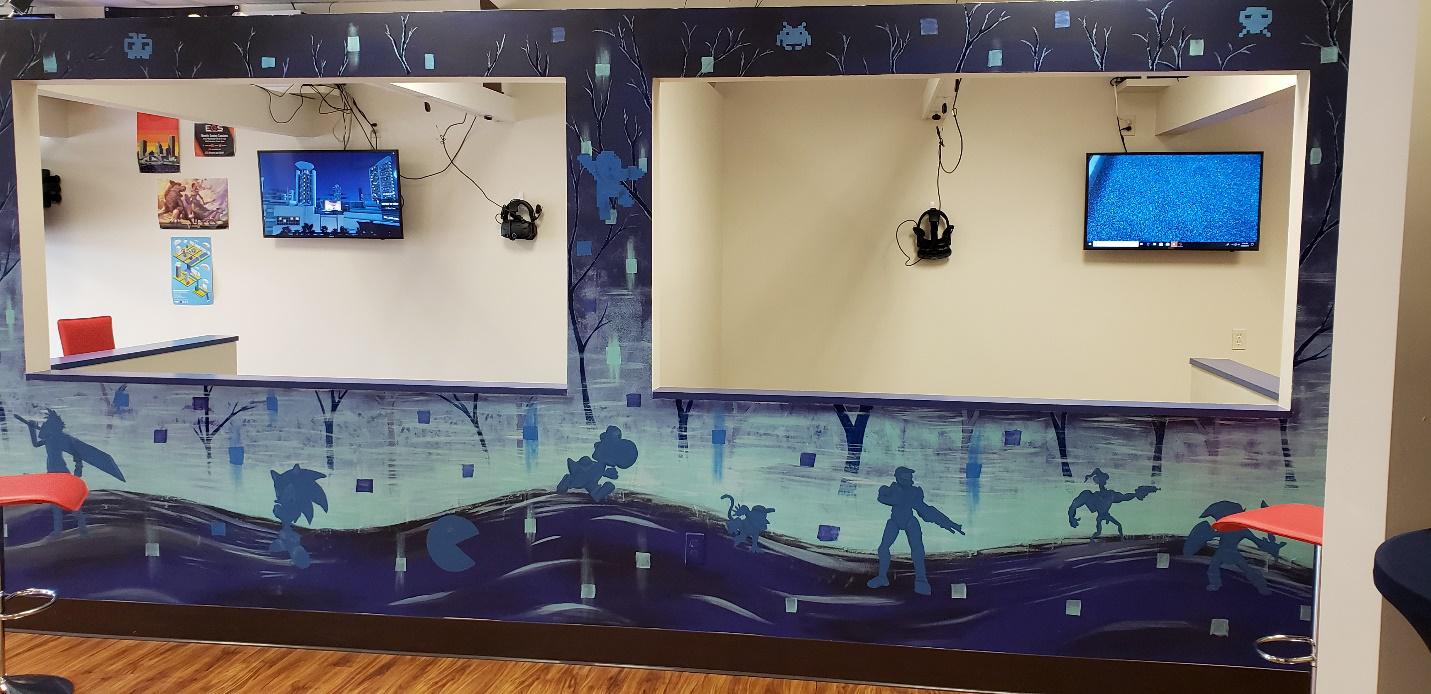
The future will see a continuation of technology innovations including wireless while prices keep decreasing and consumers beginning to adopt the technology at a critical mass. Besides sight and sound, many more senses will be stimulated, and we will see greater utilization of the technology.





